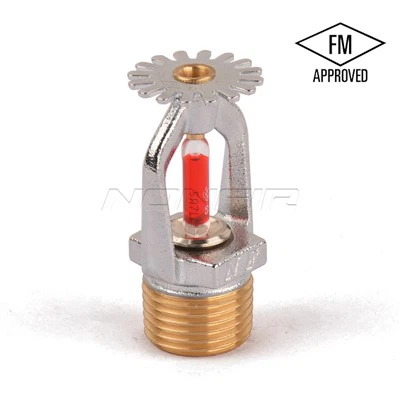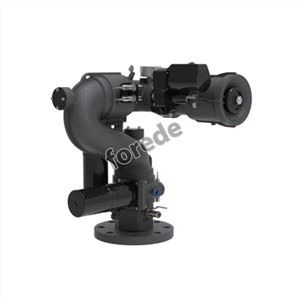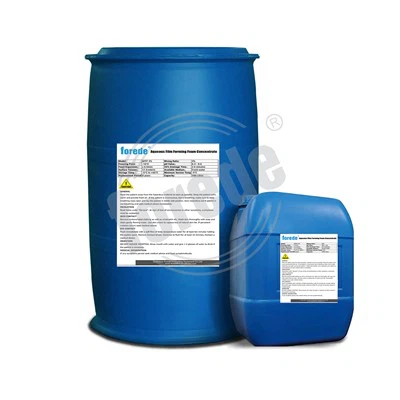A foam chamber is a fire suppression device that works by dispensing a foam-based extinguishing agent onto a fire. This foam is a mixture of water, foam concentrate, and air that creates a blanket that covers and smothers the fire, depriving it of oxygen and separating its fuel source from the flames.
When a foam chamber detects a fire, it releases the foam mixture into the surrounding area through a distribution network of pipes and nozzles. The foam expands upon contact with the air and creates a thick, frothy layer that covers the fire and suppresses it.
There are different types of foam concentrate used in foam chambers, including aqueous film-forming foam (AFFF), fluoroprotein foam (FP), alcohol-resistant foam (AR), and protein foam. Each type of foam concentrate has different properties that make it suitable for specific types of fires.
Foam chambers are commonly used in high-risk areas such as hangars, warehouses, fuel loading terminals, and other locations where there are flammable liquids or materials. They are effective in suppressing fires involving flammable liquids and gases because they can form a barrier that separates the fuel from the source of ignition.
In addition to their fire suppression capabilities, foam chambers are also environmentally friendly. The foam concentrate used in most foam chambers is biodegradable and does not pose a threat to the environment.
Overall, foam chambers are a reliable and effective fire suppression device that can be used to protect people, property, and the environment. They are a proven technology that has saved countless lives and prevented the spread of fires.




















